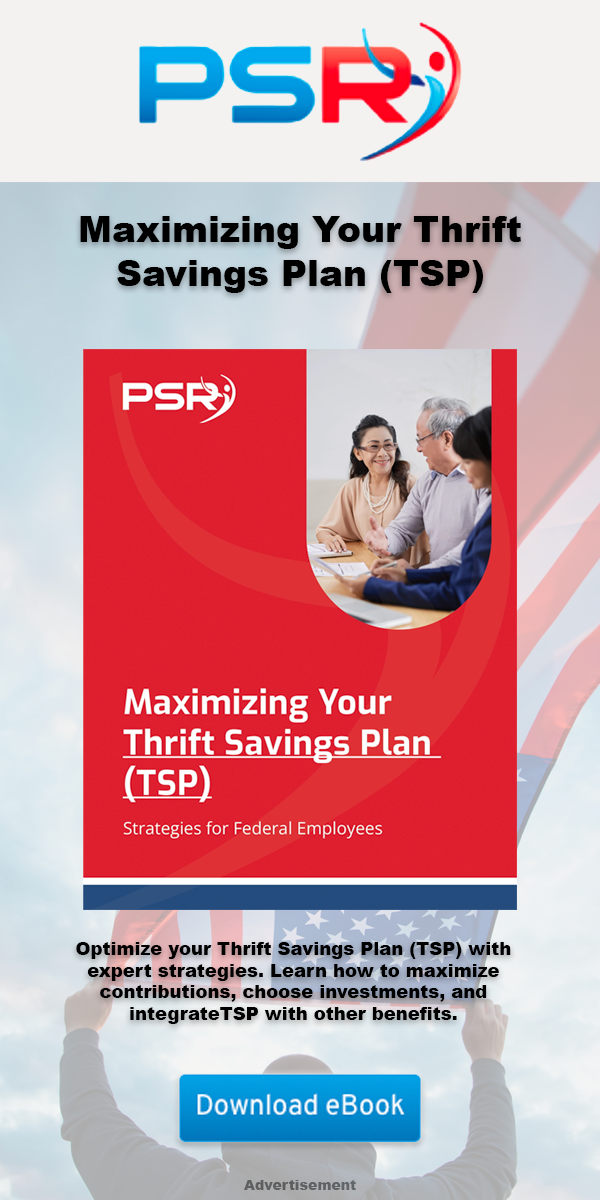Key Takeaways
- The Federal Employees Retirement System (FERS) is a comprehensive retirement plan that includes a basic benefit plan, Social Security, and the Thrift Savings Plan (TSP).
- Understanding eligibility requirements, contribution details, and benefit calculations is crucial for federal employees to maximize their retirement income.
Do You Know How Does the Federal Employees Retirement System (FERS) Operate? Learn About it Here
- Also Read: Ready for Retirement? Here’s How Law Enforcement Officers Can Leave the Job with Benefits Intact
- Also Read: FAA, Law Enforcement, and Special Federal Employee Categories—Here’s What Makes Their Retirement Unique
- Also Read: Blending Private and Public Sector Retirement Plans Is Complicated—Here’s Where Couples Get It Wrong
Overview of FERS Components
FERS is designed to offer a comprehensive retirement package through three integrated parts:
FERS Basic Benefit Plan
The FERS Basic Benefit Plan is a defined benefit pension plan funded by contributions from both the employee and the government. Employees contribute a percentage of their salary, and the government matches these contributions. Upon retirement, the employee receives monthly annuity payments based on their years of service and highest three consecutive years of basic pay (the “high-3” average salary).
Social Security Benefits
Federal employees covered under FERS are also eligible for Social Security benefits. These benefits are funded through payroll taxes and provide an additional source of income in retirement. The amount of Social Security benefits an employee receives is based on their earnings history.
Thrift Savings Plan (TSP)
The TSP is a defined contribution plan similar to a 401(k) that allows federal employees to save for retirement with tax-deferred contributions. Employees can choose from various investment funds, and the government offers matching contributions up to a certain percentage. The TSP provides significant growth potential through compound interest and investment returns.
Eligibility and Contribution Requirements
Understanding the eligibility and contribution requirements for FERS is crucial for federal employees to maximize their retirement benefits.
Eligibility
To be eligible for FERS benefits, federal employees must meet specific age and service requirements:
- Age 62 with 5 Years of Service: Employees can retire with full benefits if they are at least 62 years old and have completed five years of federal service.
- Age 60 with 20 Years of Service: Employees can retire with full benefits at age 60 with at least 20 years of service.
- Minimum Retirement Age (MRA) with 30 Years of Service: The MRA varies based on the employee’s birth year, typically ranging from 55 to 57. Employees can retire with full benefits if they reach their MRA and have completed 30 years of service.
- MRA with 10 Years of Service: Employees can retire at their MRA with at least 10 years of service, but their benefits will be reduced by 5% for each year they are under age 62.
Contribution Requirements
Federal employees contribute a portion of their salary to the FERS Basic Benefit Plan, with the government matching these contributions. As of 2024, employees contribute 0.8% of their salary to the FERS Basic Benefit Plan, while the government contributes an amount equal to 16.5% of the employee’s salary.
In addition to contributions to the Basic Benefit Plan, employees contribute to Social Security through payroll taxes. The current Social Security tax rate is 6.2% for employees and an additional 6.2% contribution from the employer.
For the TSP, employees can contribute a percentage of their salary up to the annual IRS limit. For 2024, the contribution limit is $23,000, with an additional catch-up contribution of $7,500 for those aged 50 and over. The government matches contributions up to 5% of the employee’s salary.
Calculating FERS Benefits
Calculating FERS benefits involves understanding how the FERS Basic Benefit Plan, Social Security, and TSP work together to provide a comprehensive retirement package.
FERS Basic Benefit Plan
The annual pension under the FERS Basic Benefit Plan is calculated using the following formula:
Annual Pension = High-3 Salary×Years of Service×Pension Multiplier
- High-3 Salary: The average of the employee’s highest three consecutive years of basic pay.
- Years of Service: The total number of creditable years of federal service.
- Pension Multiplier: Generally 1% if the employee retires before age 62 or with less than 20 years of service, and 1.1% if the employee retires at age 62 or older with at least 20 years of service.
Social Security Benefits
Social Security benefits are calculated based on the employee’s earnings history. The Social Security Administration uses a formula that takes into account the 35 highest-earning years of the employee’s career to calculate the primary insurance amount (PIA). Employees can begin receiving Social Security benefits as early as age 62, although delaying benefits can result in higher monthly payments.
Thrift Savings Plan (TSP)
The TSP provides additional retirement income based on the employee’s contributions and the performance of their chosen investment funds. Employees can withdraw TSP funds in several ways, including lump-sum payments, monthly payments, or purchasing an annuity. Understanding the withdrawal options and their tax implications is crucial for effective retirement planning.
Integration with Social Security and Thrift Savings Plan (TSP)
FERS is designed to integrate seamlessly with Social Security and the TSP, providing a comprehensive retirement package that combines defined benefit and defined contribution elements.
Social Security Integration
FERS employees are covered under Social Security, contributing to and receiving benefits from the system. This integration ensures that employees have a steady source of income in retirement, in addition to their FERS pension and TSP savings. Employees can maximize their Social Security benefits by understanding how their earnings history and retirement age impact their monthly payments.
Thrift Savings Plan (TSP) Integration
The TSP complements the FERS Basic Benefit Plan and Social Security by allowing employees to save and invest for retirement. The government’s matching contributions of up to 5% of the employee’s salary provide a significant boost to retirement savings. Employees can choose from various investment funds, tailoring their investment strategy to their risk tolerance and retirement goals. The TSP’s low administrative costs and diverse investment options make it an attractive component of the federal retirement package.
Conclusion
Understanding how the Federal Employees Retirement System (FERS) operates is essential for federal employees to maximize their retirement benefits and ensure financial security. FERS is a comprehensive retirement plan that includes a basic benefit plan, Social Security benefits, and the Thrift Savings Plan (TSP). By understanding the eligibility requirements, contribution details, and benefit calculations, federal employees can make informed decisions and optimize their retirement planning. Additionally, the integration of Social Security and TSP with the FERS Basic Benefit Plan provides a well-rounded retirement package that combines the stability of a defined benefit plan with the growth potential of a defined contribution plan.










